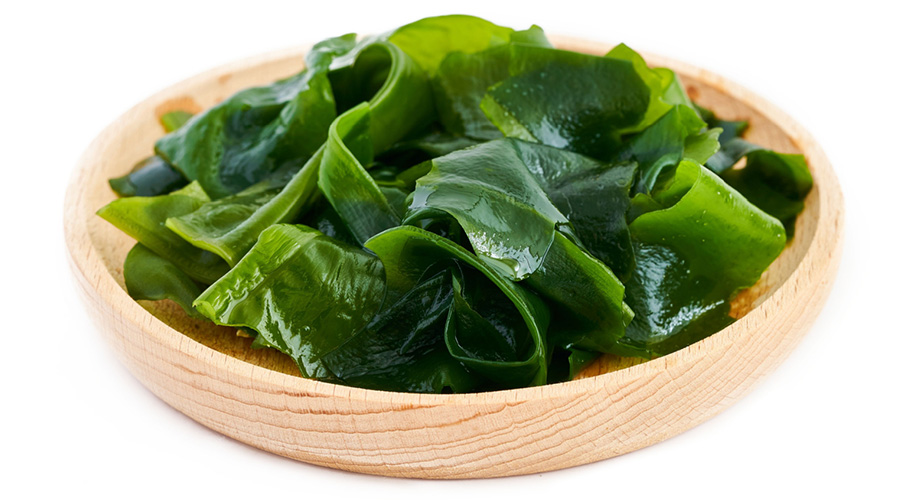
End-of-year trend predictions start flowing in from industry forecasters as early as October. The reports and roundups come from restaurant folks, food manufacturers, trade associations and market research companies. That’s a lot of reading for busy restaurant operators and their teams. So we combed through the reports and pulled together the 2024 predictions that were shared by several forecasters and rose to the top. Here are 10 trends to watch, in no particular order.
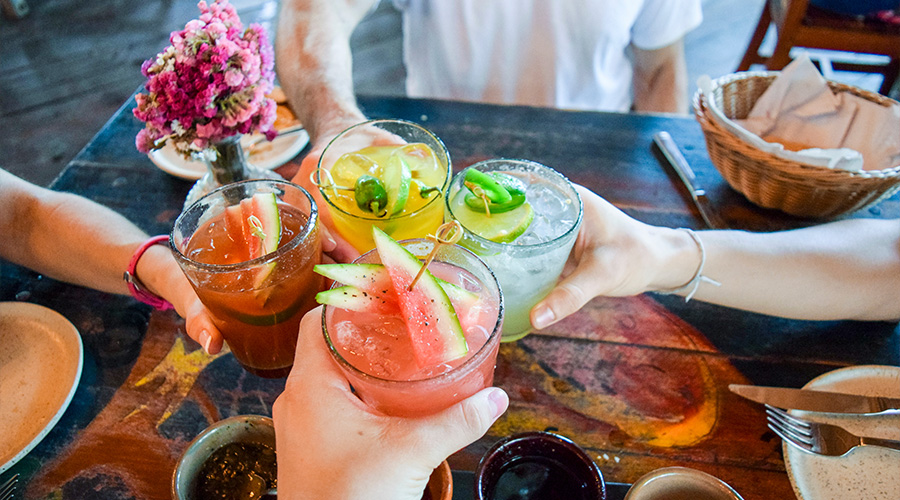
Happy hour is the new dinner
Consumers looking for value are subbing happy hour drinks and bar bites for pricier dinners. Many restaurants offer discounted happy hour menus with chef-driven food and drinks with a range of alcohol levels—a must-have in 2024. Around 23% of millennial and Gen Z customers are considered “blenders,” according to Datassential, meaning they order both cocktails and spirit-free drinks, often on the same night out. Sometimes they’re in the mood for a craft cocktail, other times, a low- or no-alcohol option.
Apertivos like spritzes fall into the former category and continue to grow in popularity. The Aperol spritz led the way, but the Campari spritz, cocchi Americano (herb and spice-infused white wine) and other fizzy low-proof cocktails are moving up. Michael Whiteman, a forecaster with the company Baum + Whiteman, believes Aperitivo Hour will be 2024’s Happy Hour. On the zero-proof side, look for more use of coffee and tea as a base for mocktails.
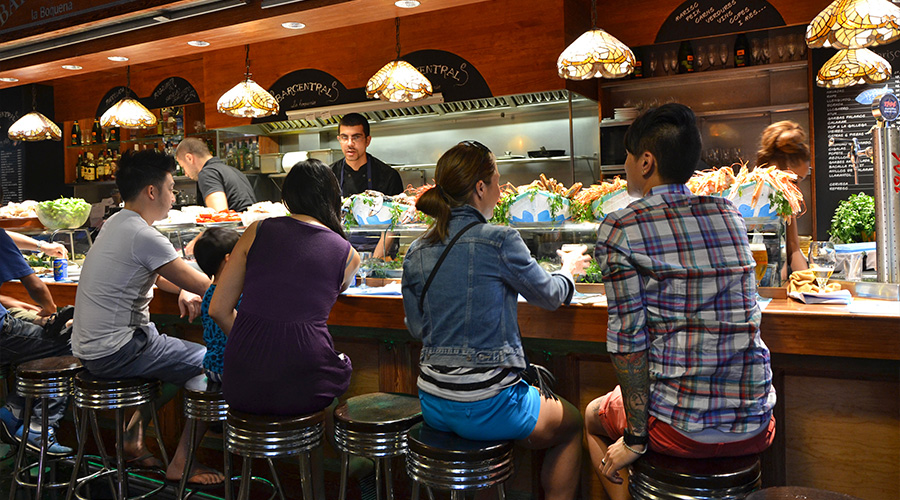
Solo dining on the rise
In its annual trend report, AF & Co. + Carbonate points out that online conversations about parties of one dining out increased by 7% year-over-year. Sit-down restaurants are offering menus listing a few signature entrees with a glass of wine at a special price, available only at the bar, where solo diners often feel more comfortable. Some restaurants are designing their spaces with chef’s counters, high tops and lounge seating to make singles feel welcome.
In its 2024 Global Restaurant Trends Report, Technomic saw that chains in other parts of the world are developing more personal meals to accommodate solo diners. It’s most pronounced in pizza concepts, where guests can opt for a handheld pocket or melt instead of a whole pie. Japanese omakase restaurants typically cater to parties of one as well.
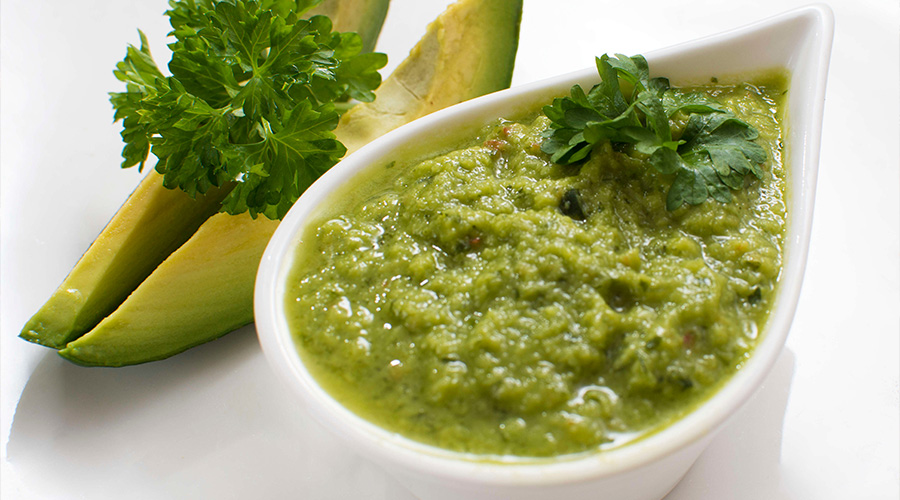
Venezuela enters the culinary conversation
The influx of migrants from Venezuela will see more of this country’s flavors and ingredients coming onto menus. Immigrants often start out working in restaurant kitchens, bringing their culinary influences to the attention of chefs. Be on the lookout for items like guasacaca, a creamy green sauce blended from avocados, cilantro, parsley, chile peppers, vinegar, garlic and oil and typically served with arepas, Venezuela’s round griddle-cooked corn cakes.
Refugees are also crossing the border from El Salvador and other Central American countries. From El Salvador come pupusas, a larger, flatter round corn cake that can hold a filling like arepas. With tacos and empanadas firmly in the mainstream, arepas and pupusas may be ready to move in. Also on the Central American radar are breadfruit (tropical starchy tuber), tepache (fermented pineapple beverage) and falernum (a rum liqueur).
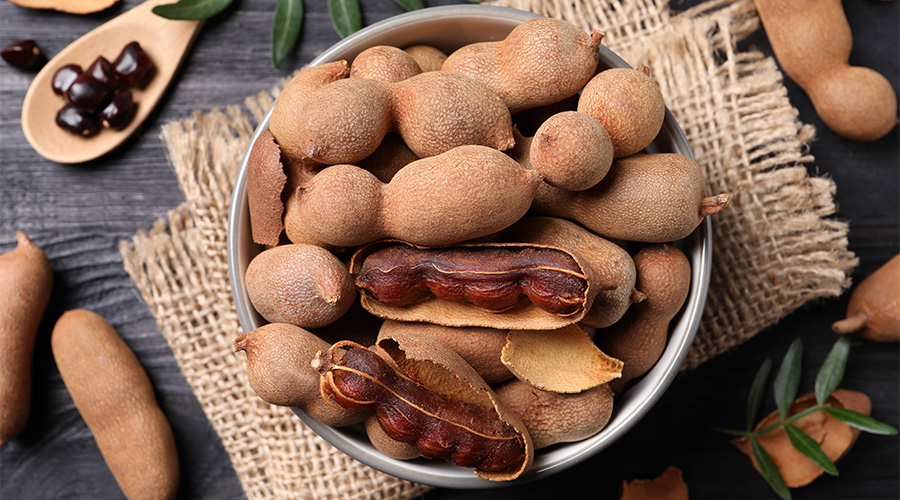
Pucker up with sour
2023 was all about sweet heat, powered by the popularity of hot honey. Make way for tamarind—the 2024 Flavor of the Year, designated by McCormick for Chefs in its annual Flavor Forecast.
Tamarind is derived from a fruit pod native to Africa, India and the Middle East where it grows on trees. It has a fruity-sour profile that delivers layers of flavor to beverages, pickled dishes, relishes, chutneys and more. It’s trending along with sour ingredients like coconut vinegar and yuzu, both of which temper the sour flavor with a trace of sweet. McCormick combines tamarind with a little heat in is newly released Tamarind & Pasilla Chile Seasoning, which can be incorporated into both savory and sweet dishes and beverages.
Algae makes waves
Trends are now frequently born or solidify in online food conversations. And there’s been a lot of chatter about algae—it’s among the top 10 most mentioned trends, according to a report by Brandwatch.
Algae covers a broad range of plant foods, including seaweed in all its varieties. But there are lesser-known derivatives of algae that are being touted for their health benefits, like antioxidant-rich spirulina. Stephanie Lind, founder of Elohi Strategic Advisors, cites sustainability as one reason behind the surge in ocean-friendly foods like algae. And high-end restaurants, including Central in Peru—named the Best Restaurant in the World in 2023—are making the most of it. Central Restaurante’s biodiverse menu includes sea brain algae, such as sea lettuce and codium, and red algae.

Climate change is changing sourcing strategies
Culinary exploration of algae is just one indication of how chefs are try to protect food sources in the ocean and on land in light of climate change. There’s also been a movement among environmentally conscious restaurants towards sourcing from farmers and ranchers who are working to improve soil health and ecosystems. It’s been tagged “regenerative agriculture,” but according to distributor Baldor Specialty Foods, that’s a misnomer, as the term has been watered down by agribusiness. In 2024, we are calling it “restorative agriculture.”
Sourcing seed-free oils is part of the same trend. Cultured oil made from fermented sugar cane is gaining ground as a sustainable and healthier alternative to canola and corn oil, and is starting to be used more widely for French fries, fried chicken and other frying applications.

Celery root sees the light.
Celery root, also known as celeriac or knob celery, is the vegetable of the year—upending cauliflower, a longtime favoriter. Celeriac is actually a root vegetable in its own right—not the root of common green celery. Baldor calls it a “versatile, underrated vegetable that’s high in fiber, low in carbs and has diverse culinary applications.” AF&Co describes its flavor as “a balance of sweet and earthy,” and points to several craveable items where it’s featured as a vegetarian entrée or appetizer, moving away from its former side-dish status.
Yellow Magnolia Café in New York offers Celery Root Milanese made by poaching, breading and frying discs of the vegetable and topping them with lemon caper aioli and salad, while Koloman in New York features Celery Root Tartare, subbing it for the usual chopped steak.

Back to the future
The last time we talked about retro and nostalgia as a major menu trend was back during the 2008 recession. Although comfort foods really never go out style, 2024 sees favorite desserts and soups in the spotlight—some with a decidedly global flavor.
Monin Gourmet Flavorings names beloved childhood flavors as a top trend, citing Mintel’s data that 72% of consumers enjoy things that remind them of their younger days. Some comeback kids include cereal milk cocktails and birthday cake-themed and s’mores lattes. AF&Co. cites throwback desserts like Bananas Foster, Pavlova, Baked Alaska and Boston Cream Pie making news.
In its annual “What’s Hot Culinary Forecast," the National Restaurant Association placed World Stage Soups and Stews as its No. 1 trend for 2024. While chicken soup and congee evoke warm memories, expect to see more international bowls, including upscale ramen, Malaysian laksa, Spanish salmorejo (similar to gazpacho) and tom ka (Thai chicken coconut soup).
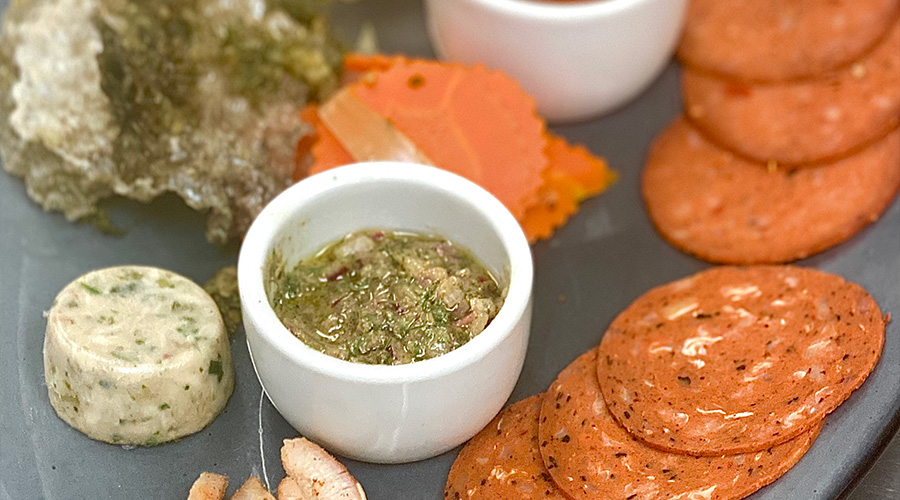
Photo courtesy of GW Fins
Next-gen boards
Creating shareable boards of food has become an Instagram and TikTok sensation, but now chefs are taking the lead and going in new directions. They’re exploring lesser-known Italian salume or deli meats for charcuterie boards, with mortadella—a fancier version of bologna—named a rising star in several reports.
Seacuterie is also showing up on appetizer lists, perhaps taking the place of those high-end seafood towers for those want something less pricey. Seacuterie boards may feature an assortment of smoked, pickled, cooked and raw fish and shellfish in an impressive arrangement accompanied by house-made sauces and condiments. And look for more tinned fish, such as sardines and anchovies, in the assortment, predicts Kimpton Hotels & Restaurants.

Influencers influencing menu development
Both Monin and the What’s Hot forecast pointed to the Impact of “microtrends” that go viral on social media. The "Barbie" movie spawned a collection of pink drinks over the summer and the spontaneous “girl dinner” made headlines. According to Datassential, 72% of consumers say they are curious to try new foods, flavors and dishes they find online to “see what the hype is about,” and 67% of consumers want to see more fads and short-term trends at restaurants and retail.
While many chefs and operators already scroll through TikTok and Instagram for culinary inspiration, look for the trend to gain more traction in 2024. “This year’s trends are dominated by consumer craving for comfort and community with a healthy side of curiosity influenced by social media,” summed up Hudson Riehle, senior vice president of research for the National Restaurant Association.
Members help make our journalism possible. Become a Restaurant Business member today and unlock exclusive benefits, including unlimited access to all of our content. Sign up here.
